Description
Kohlrabi Kohl Rabi Superschmelz
Kohlrabi Kohl Rabi Superschmelz. A white and light green giant Khol Rabi variety which can reach up to 8kg over along season whilst remaining tender without becoming stringy. It is slow growing and does not run to seed in hot weather.
Cultivation Advice
- Choose well-draining, fertile soil with a slightly acidic to neutral pH. Work in organic matter like compost before planting. Directly sow kohlrabi seeds or transplant seedlings about 6-8 inches apart.
- Kohlrabi thrives in full sunlight but can tolerate partial shade. Ensure the plants receive at least 6 hours of sunlight daily for optimal growth.
- Keep the soil consistently moist throughout the growing season. Kohlrabi prefers even moisture to prevent the development of woody or pithy bulbs.
- Apply a layer of organic mulch around the plants to retain moisture, regulate soil temperature, and suppress weeds.
- Use a balanced organic fertilizer or well-rotted compost at planting. Avoid over-fertilizing, as excessive nitrogen can lead to excessive leaf growth at the expense of bulb development.
- If you start from seeds, thin out the seedlings once they have a few true leaves, leaving the healthiest plants spaced appropriately.
- Kohlrabi can benefit from companion planting with herbs like mint or chamomile. Avoid planting near tomatoes and peppers.
- Keep an eye out for common pests like cabbage worms or aphids. Use organic pest control methods, such as neem oil or insecticidal soap.
- Harvest kohlrabi when the bulbs are about 2-3 inches in diameter. Use a sharp knife to cut the bulbs just above the soil level. Younger bulbs tend to be more tender.
- For a continuous harvest, consider successive plantings every few weeks. This can extend the availability of fresh kohlrabi throughout the growing season.
- Kohlrabi is versatile and can be enjoyed raw in salads, slaws, or as a crunchy snack. It can also be cooked by roasting, steaming, or sautéing. The leaves are edible and can be used in salads or cooked like other greens.
- Kohlrabi can be stored in the refrigerator for several weeks. Remove the leaves before storing, and keep the bulbs in a cool, humid environment.
- Before planting, enrich the soil with well-rotted compost or aged manure. Kohlrabi benefits from nutrient-rich soil.
- Maintain a consistent watering schedule to ensure the soil stays consistently moist. Regular watering helps prevent the development of tough or woody bulbs.
- Consider blanching kohlrabi by covering the bulbs with soil or using commercial blanching collars. This can enhance tenderness and flavor.
- Harvest kohlrabi when the bulbs are still small to medium-sized for the best flavor and tenderness. Larger bulbs may become fibrous.
- Kohlrabi Kohl Rabi Superschmelz can be grown in containers. Ensure the containers have good drainage, and use a high-quality potting mix.
- Practice crop rotation to minimize the risk of soil-borne diseases. Avoid planting kohlrabi in the same spot where members of the cabbage family were grown in the previous year.
- If you have a surplus harvest, blanch and freeze kohlrabi for longer storage. This allows you to enjoy its freshness beyond the growing season.
- Maintain a gardening journal to record planting dates, growth patterns, and any issues encountered. This information can guide future cultivation.
- Experiment with different culinary uses for Kohlrabi Kohl Rabi Superschmelz. Try it in stir-fries, soups, or even as a unique addition to vegetable gratins.
- Regularly inspect your plants for signs of pests. Early detection allows for timely intervention with organic pest control methods.
- Mulch not only helps retain soil moisture but also regulates soil temperature and suppresses weeds around kohlrabi plants.
- Explore methods of preserving kohlrabi, such as pickling or fermenting, to extend its usability in various dishes.

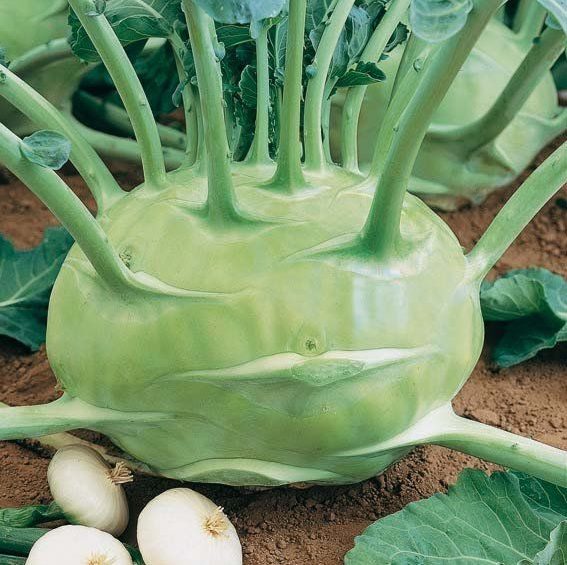
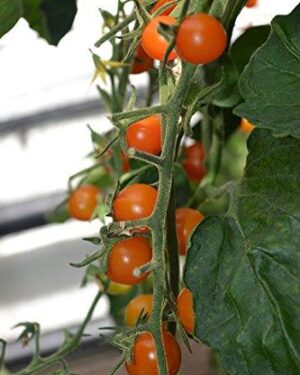
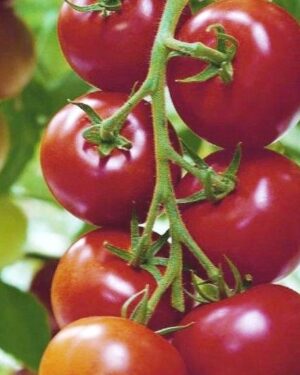
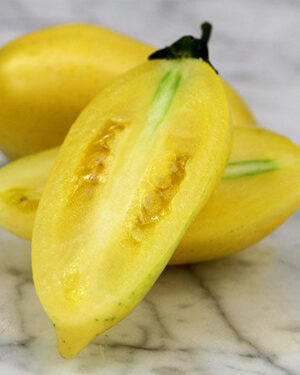
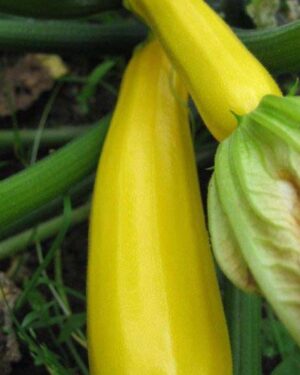
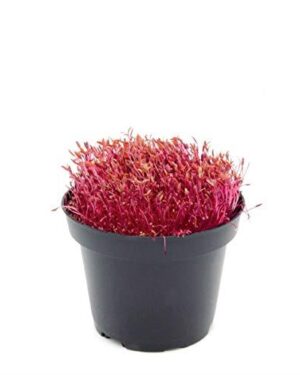

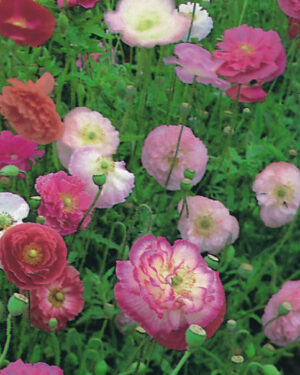
Reviews
There are no reviews yet.